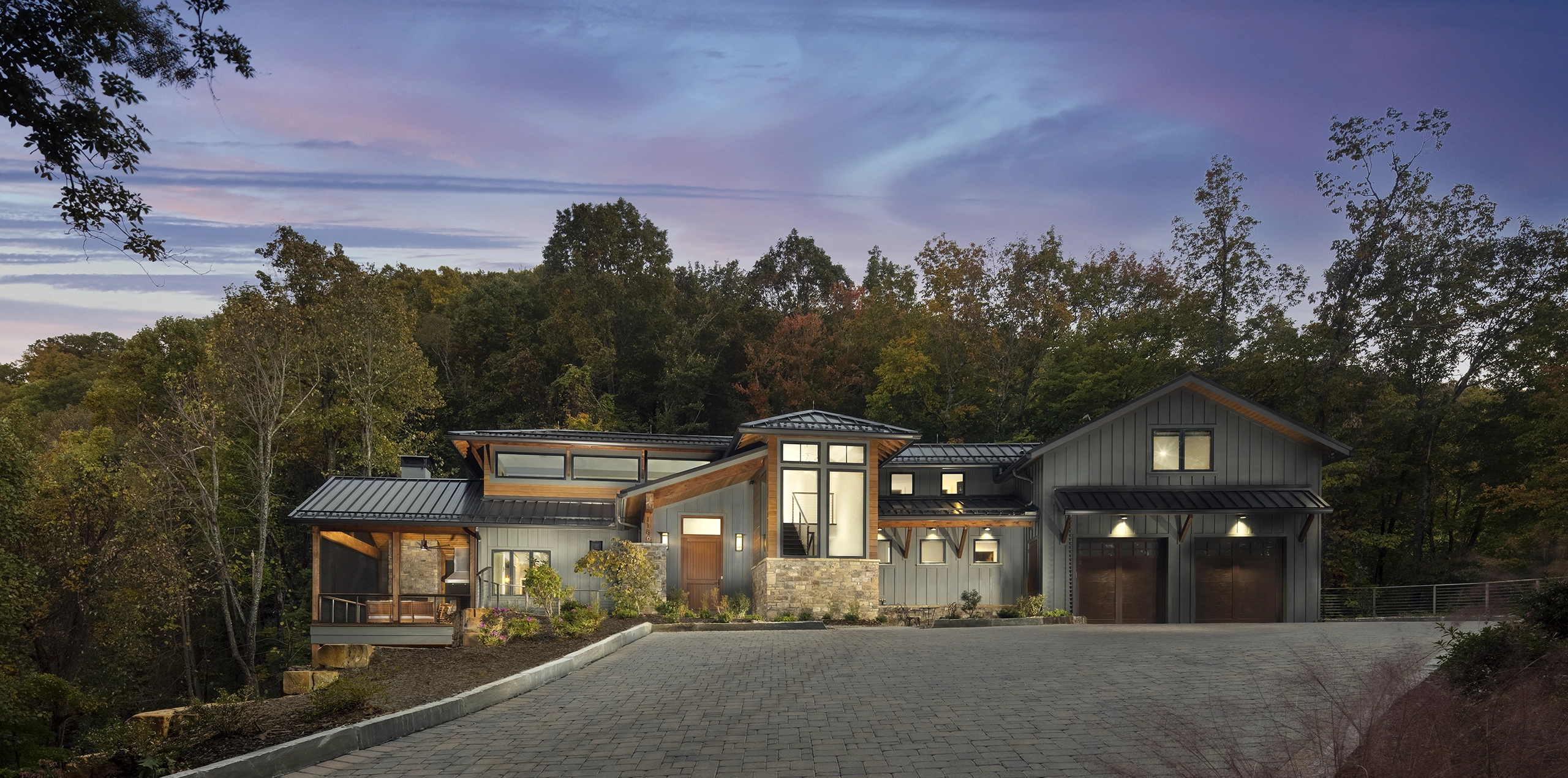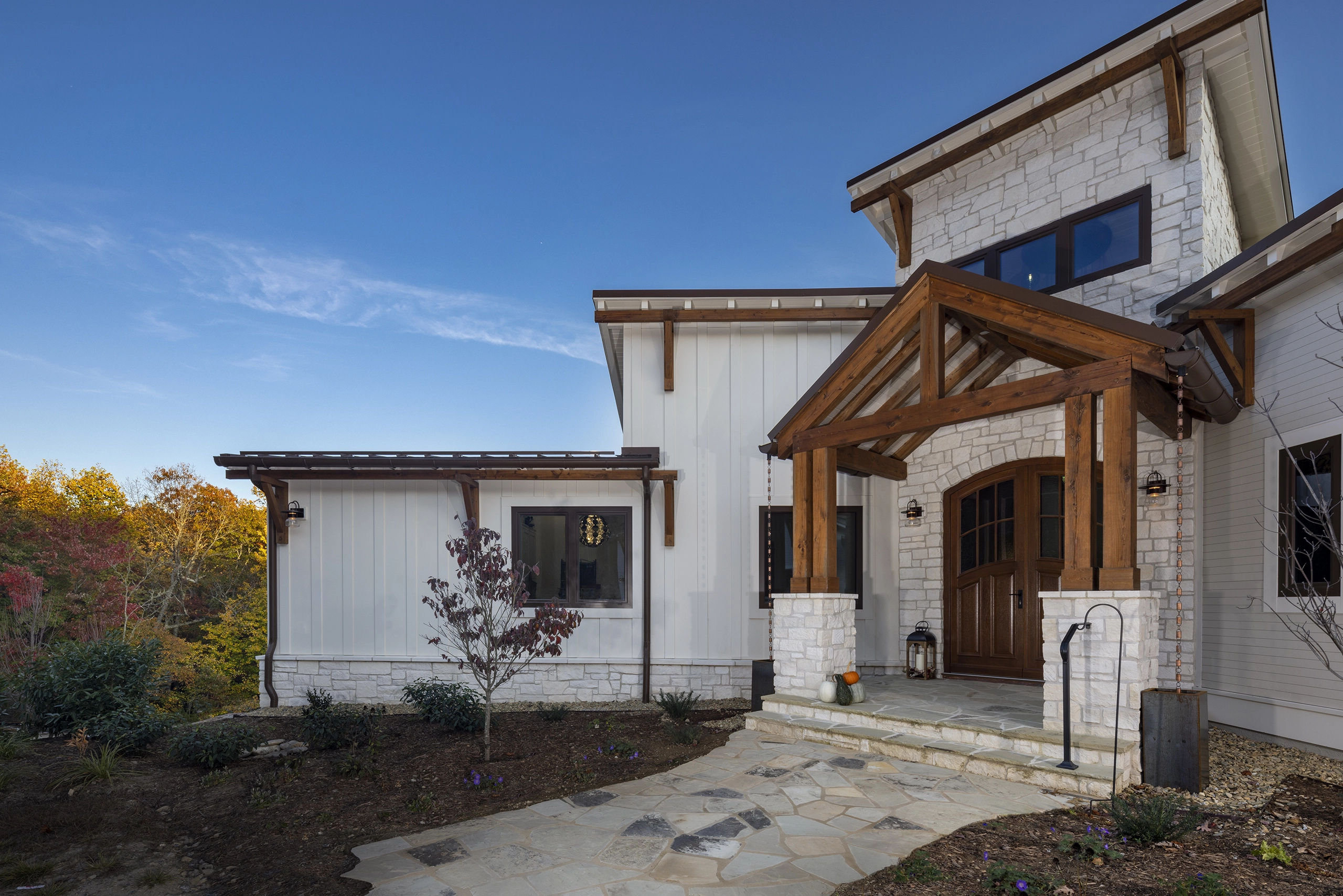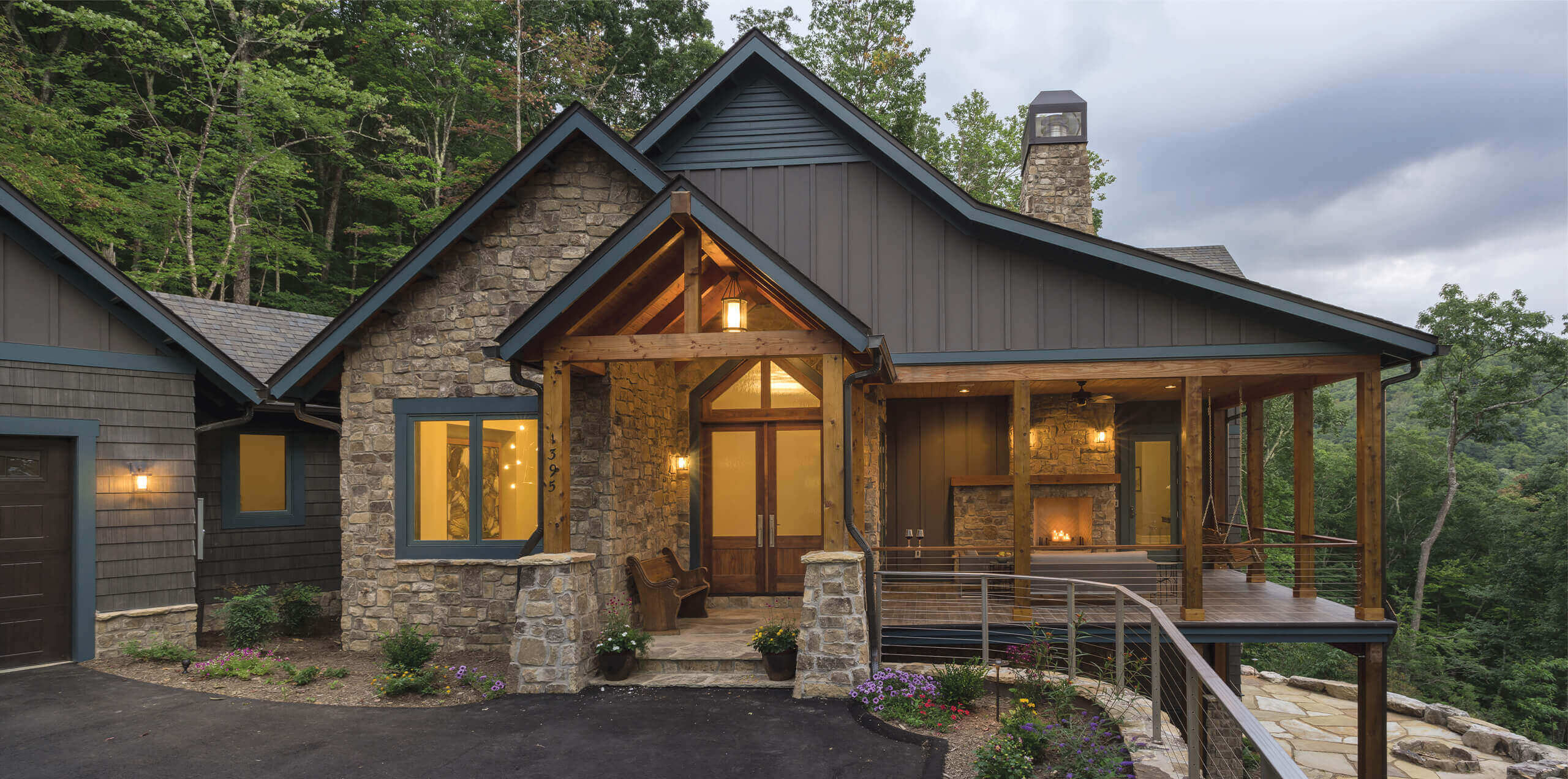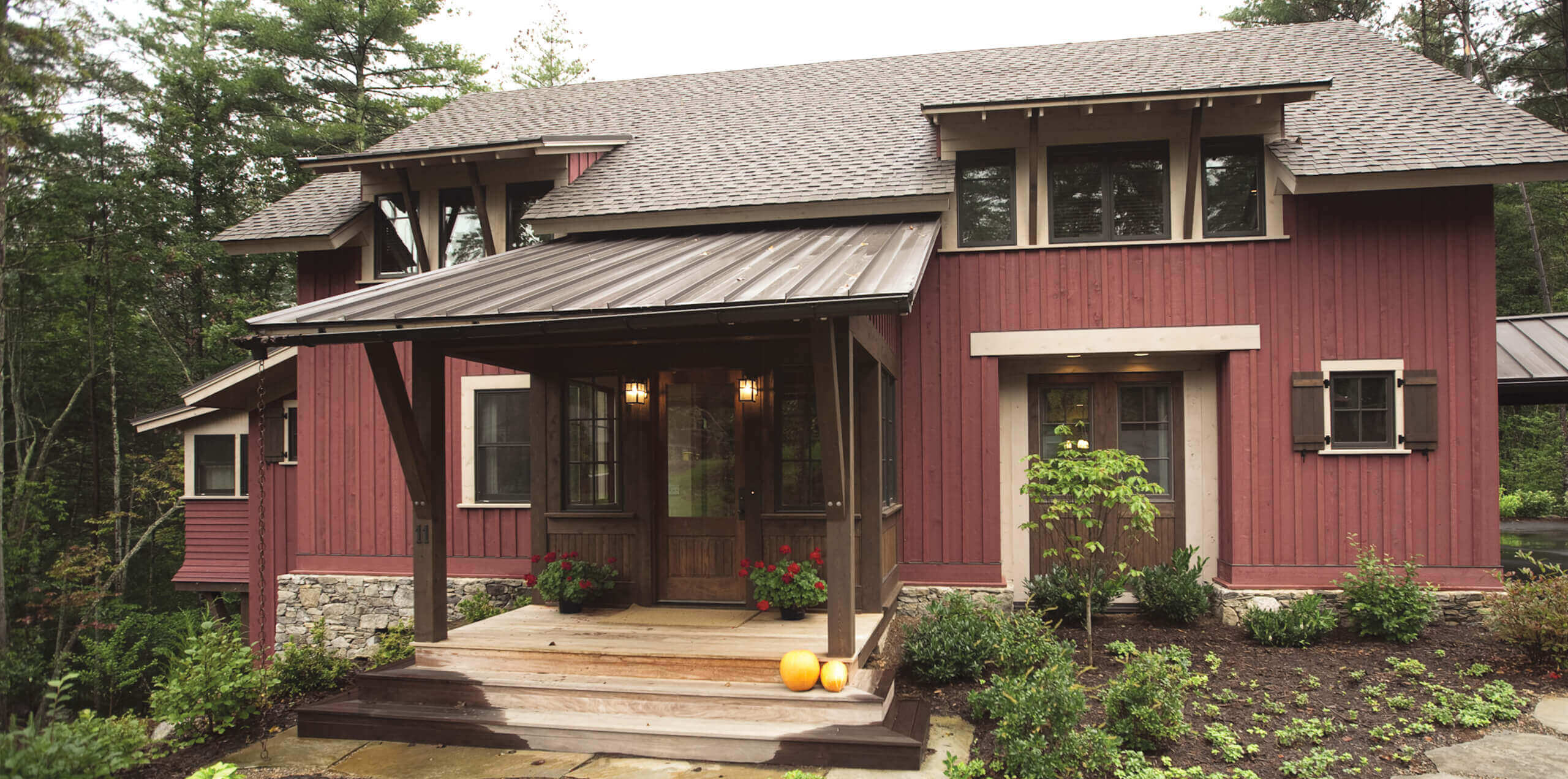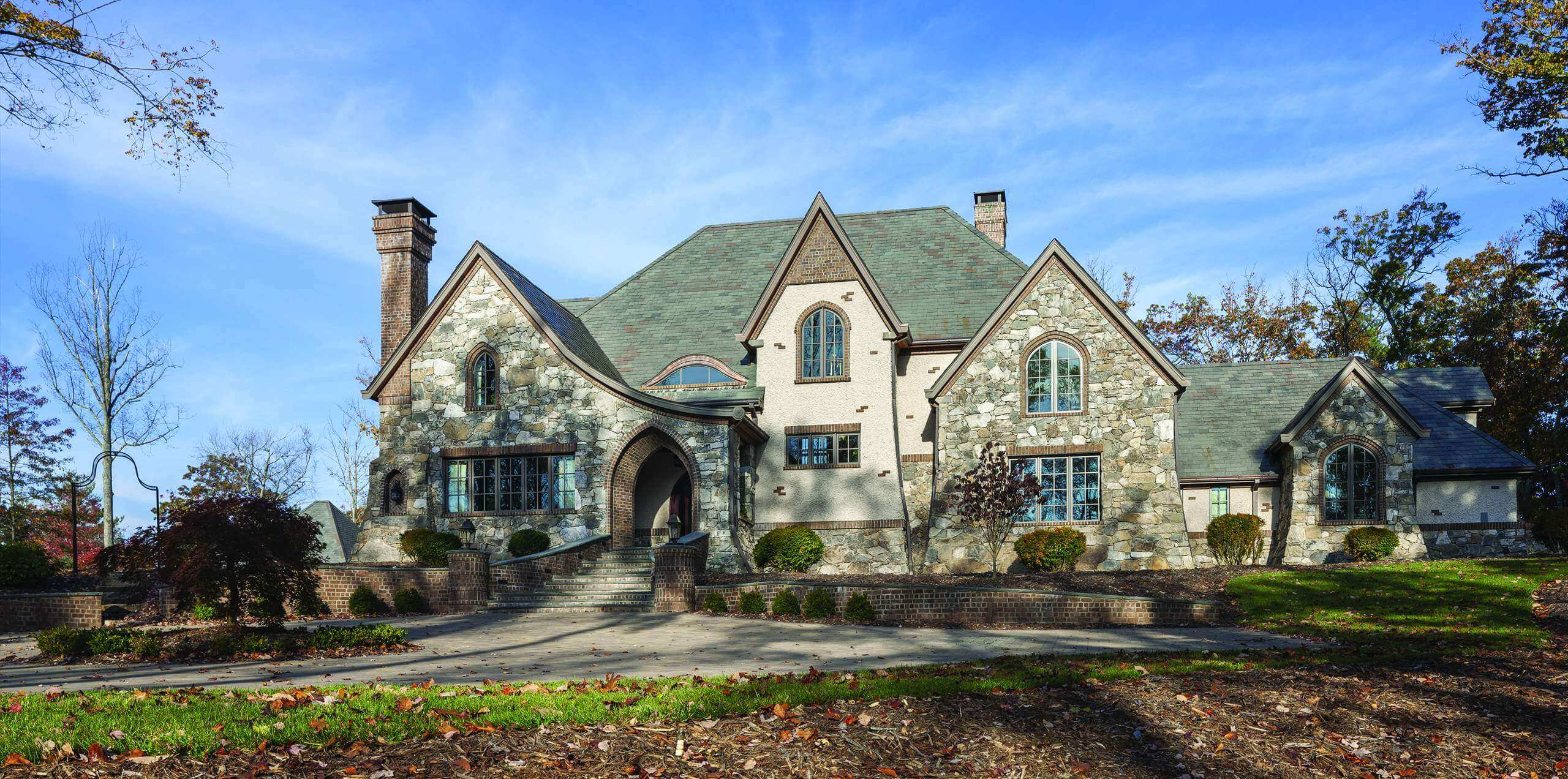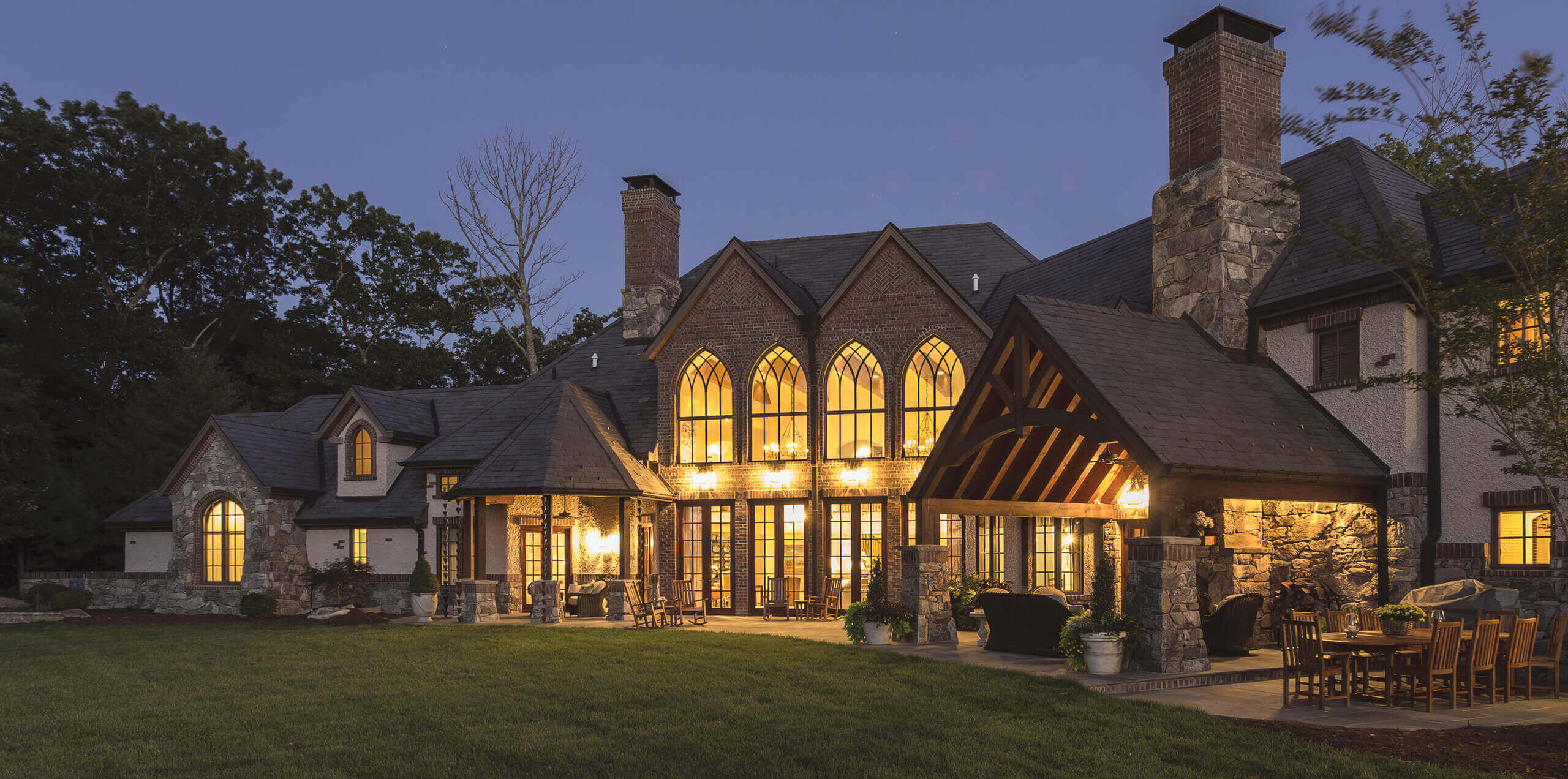Understanding Indoor Air Quality
Indoor air quality refers to the condition of the air inside buildings, particularly as it relates to the health and comfort of occupants. Poor indoor air quality can be caused by a variety of factors, including volatile organic compounds (VOCs), mold, dust, allergens, and inadequate ventilation. These pollutants can lead to respiratory issues, allergies, and other health problems.
The Role of Green Building in Enhancing IAQ
Use of Low-VOC Materials
One of the primary ways green building improves indoor air quality is through the use of low-VOC and non-toxic materials. VOCs are chemicals found in many building materials and household products, including paints, adhesives, and finishes. These compounds can off-gas into the air, leading to poor indoor air quality and health issues. Green building practices prioritize low-VOC or zero-VOC materials, which significantly reduce the release of harmful chemicals into the indoor environment.
Improved Ventilation Systems
Proper ventilation is essential for maintaining good indoor air quality. Green buildings often incorporate advanced ventilation systems that ensure a steady flow of fresh air while removing stale air and indoor pollutants. Mechanical ventilation systems, such as heat recovery ventilators (HRVs) and energy recovery ventilators (ERVs), are commonly used in green buildings. These systems efficiently exchange indoor and outdoor air, maintaining a healthy indoor environment without wasting energy.
Natural Ventilation and Passive Design
In addition to mechanical ventilation, green building also emphasizes natural ventilation and passive design strategies. Designing homes with strategically placed windows, vents, and openings allows for natural airflow, reducing the need for artificial cooling and ventilation. Cross-ventilation, where air flows from one side of the building to the other, can effectively expel indoor pollutants and bring in fresh air.
Moisture Control and Mold Prevention
Mold and mildew are common indoor pollutants that can significantly impact indoor air quality and health. Green building practices focus on moisture control to prevent mold growth. This includes proper site drainage, the use of moisture-resistant building materials, and adequate ventilation in areas prone to humidity, such as bathrooms and kitchens. By keeping moisture levels in check, green buildings minimize the risk of mold and improve overall indoor air quality.
Air Filtration and Purification
High-efficiency air filtration systems are another hallmark of green buildings. These systems use filters to capture dust, allergens, and other airborne particles, ensuring that the air circulated within the home is clean and healthy. In some cases, green buildings also incorporate air purification systems that use technologies like UV light or activated carbon to remove contaminants from the air.
Sustainable Flooring and Furnishings
Flooring and furnishings can be significant sources of indoor air pollutants. Green building promotes the use of sustainable flooring materials, such as bamboo, cork, and reclaimed wood, which emit fewer VOCs compared to traditional options. Additionally, choosing furniture made from natural, non-toxic materials further contributes to a healthier indoor environment.
Green Cleaning Practices
Maintaining good indoor air quality goes beyond construction; it also involves ongoing practices. Green cleaning products and methods play a crucial role in this. Traditional cleaning products can contain harsh chemicals that release VOCs and other pollutants into the air. Opting for natural, eco-friendly cleaning products helps reduce the buildup of harmful substances in your home.
Benefits of Improved Indoor Air Quality
Healthier Living Environment
The most immediate benefit of improved indoor air quality is a healthier living environment. Clean air reduces the risk of respiratory illnesses, allergies, and other health problems. This is especially important for vulnerable populations such as children, the elderly, and individuals with pre-existing health conditions.
Enhanced Comfort and Well-Being
Good indoor air quality contributes to overall comfort and well-being. Occupants of green buildings often report feeling more comfortable and energized, as they are not exposed to harmful pollutants and irritants. Better air quality can also lead to improved sleep and cognitive function.
Increased Property Value
Homes built with a focus on indoor air quality and green building practices often have higher property values. Buyers are increasingly aware of the health and environmental benefits of green buildings and are willing to invest in homes that offer these advantages.
Environmental Impact
Improving indoor air quality through green building also has positive environmental impacts. The use of sustainable materials, energy-efficient systems, and natural ventilation reduces the overall environmental footprint of the building. This contributes to a more sustainable future and helps combat climate change.
Conclusion
Improving indoor air quality through green building practices is a crucial step towards healthier living. By focusing on low-VOC materials, effective ventilation, moisture control, and sustainable choices, green buildings create environments that are safe, comfortable, and conducive to well-being. Embracing these practices not only benefits individual health but also supports broader environmental sustainability, making it a win-win solution for everyone.

